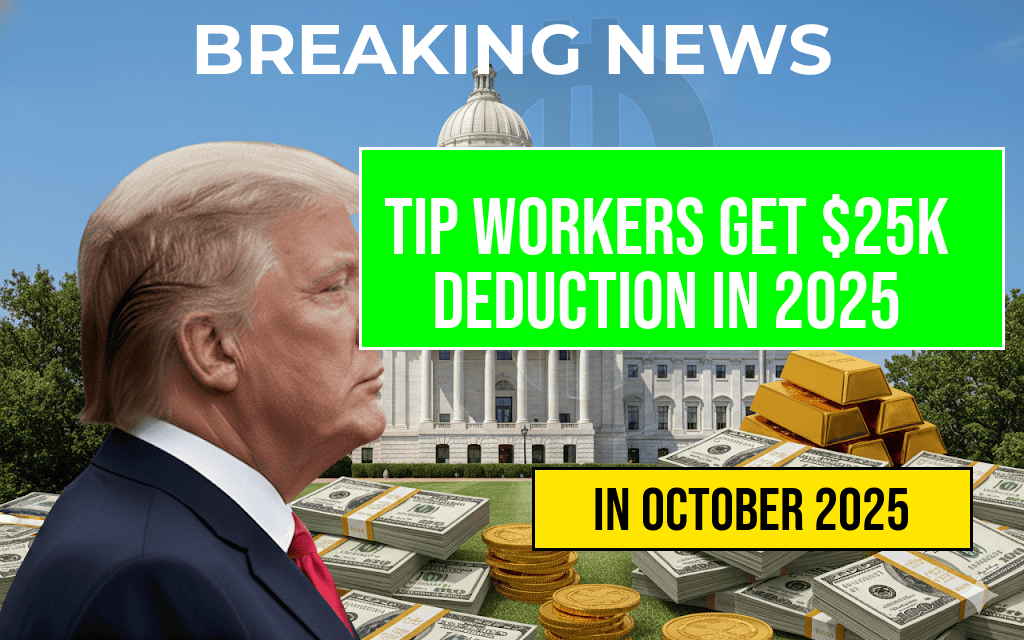The states of California and New York are set to implement significant increases to their minimum wages, aiming to reach a combined target of $16.50 per hour in the coming months. This move reflects ongoing efforts to address income inequality and improve living standards for low-wage workers amid rising inflation. California’s planned increase, scheduled for January 2024, will raise the statewide minimum wage to $16.50 an hour for all employers, including those with fewer than 26 employees. Meanwhile, New York’s phased approach will see the minimum wage for large employers in New York City climb to the same level by the end of 2024, with smaller regions gradually following suit. Both states have long been at the forefront of minimum wage policy reform, and their latest proposals represent a significant step toward ensuring wages keep pace with economic realities. These changes come amid a broader national conversation about fair compensation and economic mobility.
California’s Path to a $16.50 Minimum Wage
Legislative Background and Implementation Timeline
California has steadily increased its minimum wage over the past decade, driven by legislation aimed at gradually raising wages to meet cost-of-living standards. The current plan, approved by state lawmakers and Governor Gavin Newsom, stipulates that the $16.50 per hour threshold will be effective statewide starting January 1, 2024. This law applies uniformly across all sectors, marking a departure from previous tiered systems that differentiated wages based on company size or industry.
California’s minimum wage increases are part of a broader strategy to reduce income disparities, especially in urban centers like Los Angeles and San Francisco, where housing costs and living expenses are among the highest in the country. The state’s Department of Industrial Relations forecasts that approximately 3.8 million workers will benefit directly from the increase, with many more experiencing improved wage standards indirectly.
Economic Impact and Industry Response
Employers in California have expressed mixed reactions. While some argue that the wage hikes could strain small businesses, advocates highlight the potential for increased consumer spending and reduced reliance on social safety net programs. According to a recent study by the California Budget & Policy Center, higher wages could generate a boost in local economies, fostering job growth and stability.
| Year | Minimum Wage |
|---|---|
| 2022 | $15.50 |
| 2023 | $15.50 |
| 2024 (from Jan 1) | $16.50 |
New York’s Multi-Phase Wage Increase Strategy
Regional Variations and Scheduled Raises
New York’s approach involves a phased increase, with different regions transitioning to a $16.50 minimum wage at different times. In New York City, the increase is scheduled for completion by the end of 2024, following legislation passed in 2016 that set progressive wage hikes over several years. Other regions, including Long Island and Westchester, are slated to reach the same target by mid-2025, reflecting varying economic conditions and cost-of-living differences across the state.
For smaller upstate regions, the timeline extends further, with some areas expected to hit the $16.50 mark by 2026. This phased approach aims to balance economic growth with the financial realities faced by local businesses, especially small and medium-sized enterprises.
Implications for Workers and Employers
Proponents argue that the wage increases will significantly reduce poverty levels among low-income workers, many of whom are employed in retail, hospitality, and service sectors. The New York State Department of Labor estimates that approximately 2.1 million workers will see wage improvements. However, some industry groups have raised concerns about potential job reductions or increased automation as businesses adapt to higher labor costs.
| Region | 2024 | 2025 | 2026 |
|---|---|---|---|
| New York City | $16.50 | – | – |
| Long Island & Westchester | – | $16.50 | – |
| Upstate | – | – | $16.50 |
Broader Context and Future Outlook
National Trends and Policy Debates
The push for a $16.50 minimum wage in California and New York reflects a growing consensus that wages need to keep pace with inflation and rising living costs. While some economists caution that rapid increases could lead to higher unemployment or inflationary pressures, policymakers emphasize the importance of ensuring that work provides a living wage.
States across the country continue to explore similar measures, with initiatives in places like Massachusetts and Illinois proposing comparable wage hikes. The debate often centers on balancing economic growth with social equity, as well as the potential impacts on small businesses and employment levels.
External Resources
- Wikipedia: Minimum wage in the United States
- Forbes: How States Are Shaping The Future Of Minimum Wage Increases
Frequently Asked Questions
What is the new minimum wage proposed in California and New York?
The proposed minimum wage in both California and New York is set to reach $16.50 per hour.
When will the new minimum wage take effect?
The article details plans for the implementation timeline but does not specify exact dates. Typically, such wage increases are phased in over several months or years.
Who will be affected by the increase in minimum wage?
The workers earning minimum wage in California and New York will benefit from the increase, impacting various sectors including retail, hospitality, and service industries.
What are the reasons behind the push to raise the minimum wage to $16.50?
The policy makers aim to improve living standards, address income inequality, and ensure that wages keep pace with cost of living increases in these states.
Are there any exceptions or phased approaches to the new minimum wage?
Yes, some businesses or employee categories may have different timelines or exemption provisions as part of the phased implementation plan.




